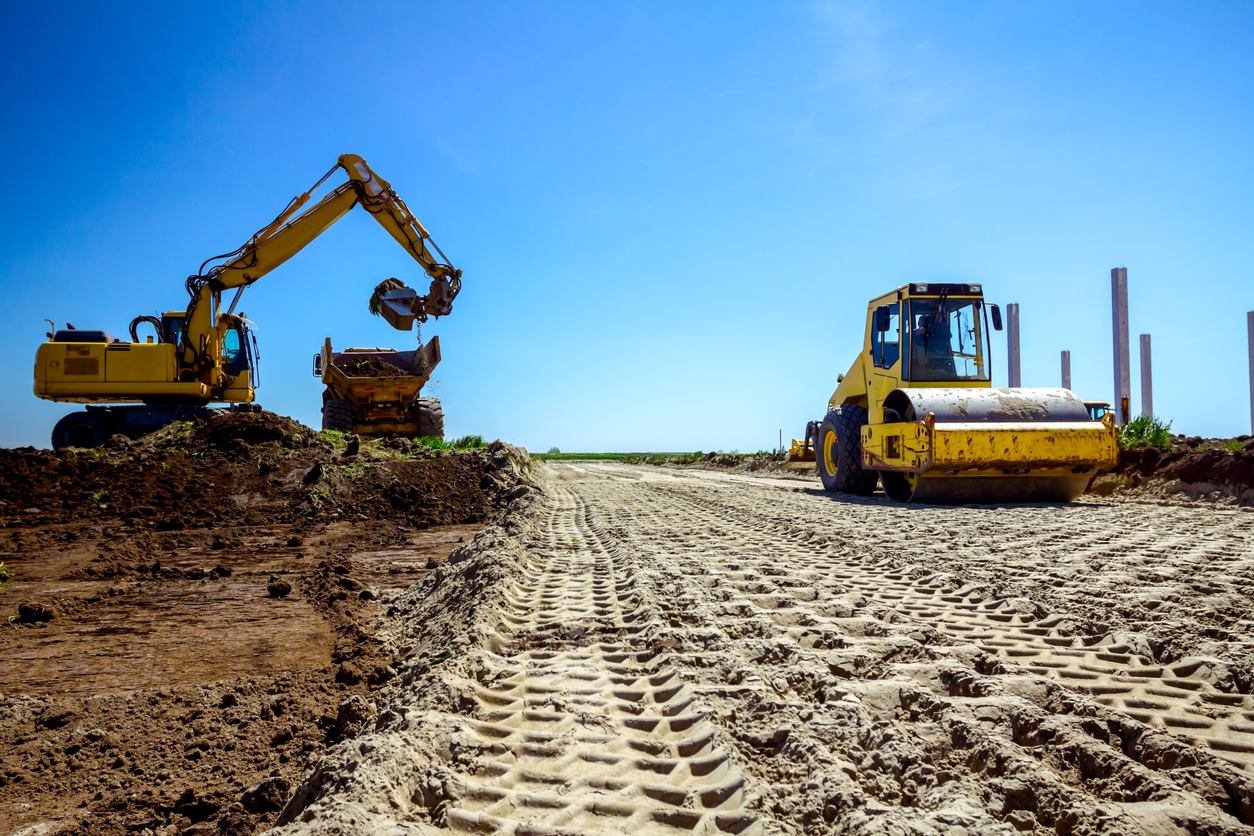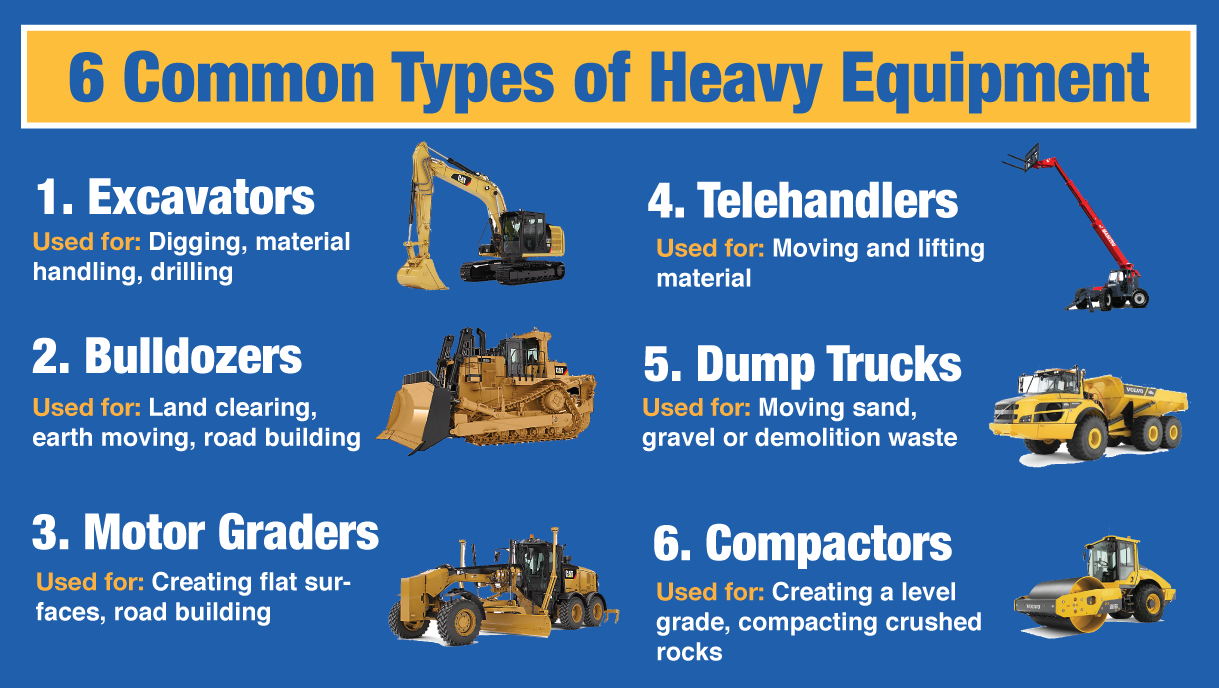Boom Lift Rental: Get To New Levels Safely
Boom Lift Rental: Get To New Levels Safely
Blog Article
Leasing Vs. Buying Construction Equipment: Making the Right Option for Your Job
When starting a building and construction project, among the crucial decisions that forecast stakeholders and managers encounter is whether to rent out or acquire construction devices. Both choices have their advantages and downsides, making the selection a crucial one in the job planning process. The choice depends upon numerous aspects such as cost factors to consider, project period, devices upkeep, adaptability, scalability, and danger monitoring. Each element plays a crucial function in determining the most suitable course for the job's devices demands. dozer rental. Allow's check out these elements further to recognize exactly how they impact the decision-making procedure and eventually the success of the job.
Cost Considerations
Leasing devices often needs lower initial payments compared to acquiring, making it an eye-catching option for temporary jobs or contractors with budget plan restrictions. In the lengthy run, consistently leasing equipment can gather higher costs than buying, particularly for extensive projects.
On the various other hand, acquiring building and construction tools includes greater upfront costs but can cause long-lasting savings, particularly for long-term tasks or frequent individuals. Owning tools offers adaptability, benefit, and the potential for resale value once the job is finished. In addition, possessing devices permits modification and familiarity with certain machinery, potentially enhancing performance and productivity on-site. Ultimately, the choice in between purchasing and leasing construction devices depends upon the task's duration, frequency of usage, budget plan factors to consider, and long-term financial objectives.
Project Duration

Conversely, for lasting projects or continuous building job, purchasing devices can be the a lot more affordable choice. Buying tools can lead to set you back financial savings in the long run, specifically if the devices will be regularly made use of. Moreover, possessing equipment supplies a feeling of control over its availability and enables personalization to fit particular task requirements.

Devices Upkeep
Given the important role job duration plays in establishing one of the most cost-efficient strategy in between renting and purchasing construction equipment, the emphasis now moves in the direction of analyzing the necessary aspect of devices upkeep. Appropriate upkeep is critical for making certain the optimal performance and longevity of construction tools. Renting devices typically features the benefit of having well-kept equipment given by the rental company. This can alleviate the burden of upkeep tasks from the project owner or professional, saving effort and time. On the other hand, owning equipment calls for an aggressive technique to maintenance to stop failures, guarantee security, and expand the devices's life-span. Normal assessments, servicing, and prompt fixings are necessary to maintain owned and operated equipment in leading working problem. Consider maintenance expenses when choosing in between leasing and buying, as disregarding maintenance can cause pricey repair work, downtime, and task delays. Ultimately, a well-kept construction devices fleet, whether rented out or owned, is essential for the effective and efficient completion of building tasks.
Adaptability and Scalability
In the realm of building devices administration, the go right here aspect of flexibility and scalability holds significant relevance for task effectiveness and source utilization. Choosing to rent building tools provides a high level of flexibility as it permits the quick change of equipment types and amounts based upon the developing demands of a project. Renting enables service providers to access a large range of customized tools that may be needed for details jobs without the lasting commitment of possession. This flexibility is especially advantageous for tasks with varying needs or unclear durations (dozer rental).
Leasing building and construction equipment offers the benefit of quickly scaling operations up or down as job needs vary. Specialists can swiftly add or exchange equipment to match the job's transforming requirements without the restrictions of having properties that might become underutilized or out-of-date.
Risk Monitoring
Efficient risk management in building and construction devices operations is critical to ensuring job success and mitigating possible economic losses. Building jobs naturally include different threats, such as tools failures, accidents, and project hold-ups, which can considerably impact the task timeline and budget plan. By carefully taking into consideration the risks related to owning or renting out building and construction tools, job managers can make enlightened choices to lessen these possible hazards.
Leasing building and construction tools can supply a level of risk reduction by moving the responsibility of repair and maintenance to the rental firm. This can decrease the monetary problem on the job owner in instance of unanticipated devices failures (aerial lift rental). Furthermore, renting supplies the flexibility to accessibility customized equipment for specific project stages, decreasing the risk of owning underutilized equipment
On the various other hand, having construction tools supplies a sense of control over its usage and maintenance. Nonetheless, this likewise means bearing the full obligation for repairs, maintenance prices, and depreciation, raising the economic dangers connected with devices explanation possession. Careful risk analysis and consideration of aspects such as project duration, tools utilization, and maintenance requirements are vital in figuring out one of the most ideal alternative for reliable risk monitoring in building jobs.
Final Thought
Finally, when making a decision in between renting out and buying building and construction devices, it is very important to take into consideration expense, project duration, tools upkeep, scalability, flexibility, and threat management. Each factor plays a crucial function in establishing one of the most suitable option for the job at hand. By thoroughly assessing these facets, task supervisors can make an enlightened choice that aligns with their budget plan, timeline, and total task goals.

Report this page